Day 5: Bath & Stonehenge
Today’s transportation was extra-tubular! After waking up early (5:30 am, ugh), and enjoying a hearty breakfast, we took the usual Bakerloo line to Paddington Station where we transferred to a Great Western Railway train heading to Bath – a UNESCO World Heritage City about a 90-minute train ride west of London.
Upon arrival in Bath, we easily found Dan, our private guide for the day. The first stop was Alexandra Park, a lookout south of the city where we oriented ourselves with the historical landmarks. Plus, a few entertaining ones “€ such as Salisbury Hill (of Peter Gabriel fame).
Legend has it that Bath was founded by Prince Bladud, a leper who had been exiled. He found a job as a pig herder and was leading them around the warm, muddy area, when the pigs started rolling around in the mud. Later, the Prince noticed the blemishes on the pigs had gone away, and decided he would try to cure his leprosy by covering himself with the mud (made from the mineral rich hot springs). Miraculously, his wounds healed! Realizing the powers of the hot springs, the city of Bath was formed, which now honors the King and his pigs.
After the lookout, we drove into the city where Dan led us around town. We walked a portion of the River Avon, featuring a strategically-placed weir, which is used to manage the area’s temperamental water levels. You may recognize this particular weir because it appears in the 2012 movie version of Les Mis, where Inspector Javert (played by Russell Crowe) jumps to his death. Probably because he couldn’t stand himself singing.
Dan also told us that the nearby Pultney Bridge is unique because it is one of only four bridges in the world that feature shops on both sides. The others are in Florence, Venice, and Erfurt, Germany. Clearly, this is an homage to the the four Illinois Tollway Travel Oases.
We continued to walk the city, and eventually Dan learned about Jenn’s appreciation of Bridgerton. Well, jackpot!!! Dan’s binder was filled with stills from the hit Netflix series that featured nearly every unique-looking building in Bath. The whole city is a set tour! For bonus points, we identified where CGI was used in the photos (or, in some cases, forgotten”¦ such as stray yellow street lines and blue plaques).
Of course, we also talked about the baths. There are three sources for the baths, all in the same general area. They are the only “hot” springs in the UK. In the 1800s, still believing the water had restorative properties, Dr. William Oliver prescribed that his patients drink the hot springs water to help cure their ailments. The water tasted so bad, no one wanted to drink it. He made a pastry, now called the Bath Bun, to bribe his patients into drinking the water. They did this so often, that they started to gain weight, so Dr. Oliver made a diet cracker instead. You can still buy the Oliver Crackers today. We stopped in a local cheese shop to try with the crackers Dan provided.
After our tour of Bath, Dan drove us to the George Inn, a 700-year old pub (not a typo) for lunch. We had more local beer, fish and chips, and a traditional English plate with sausage, cheeses, apple chutney, and many pickled things.
After filling up, we continued on to Stonehenge. We wanted to see Stonehenge because we are here, it is famous, and who doesn’t love a good mystery?! We checked out the informative visitor center that explained that various iterations of Stonehenge over the past 5,000 years. Paraphrasing archeologists, first there was a circle of small stones, then somebody moved those stones, then they brought in bigger stones, and then some fell down. The original purpose of Stonehenge is still unknown, but popular theories include: burial site, ceremonial site, religious site, calendar site, camp site, festival site, and/or alien landing site (the English Heritage Society does not recognize all of these theories).
Armed with some background knowledge, we took the shuttle bus from the visitor centre to the rocks themselves. Stonehenge is surrounded by farmland with plenty of sheep and, surprisingly, a public road only ~300 meters to the south. Visitors are no longer allowed in the circle, but we were able to get close enough to appreciate the scale and the details. The inner stones are bluestone, while the outer, larger stones are sarsen stones. The tallest standing stone is about 30 feet high. Ok, all this geology talk is gneiss enough for me, but you are probably ready to rock on with the pictures.
After walking a full lap around Stonehenge, we took the shuttle back to the visitor centre and contemplated a few of the items in the gift shop. We drove back to Bath, said goodbye to Dan, and took the train back to London with the Wednesday afternoon commuters. We put the Tesco Clubcard to use for dinner supplies and retired to the flat.
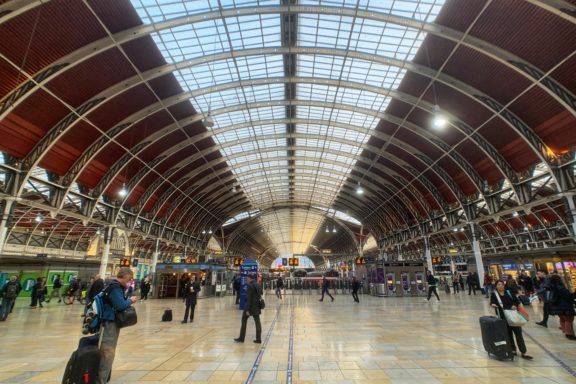
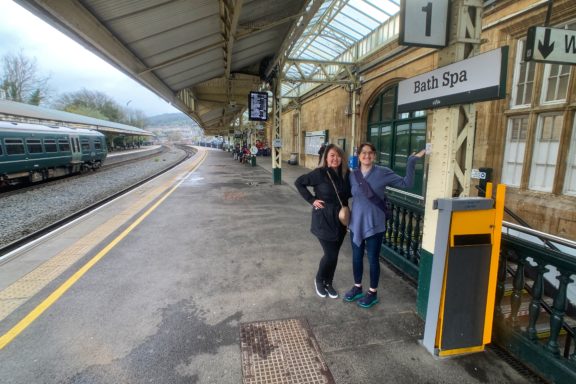
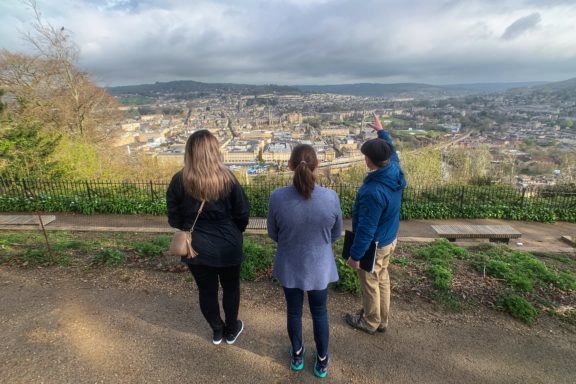
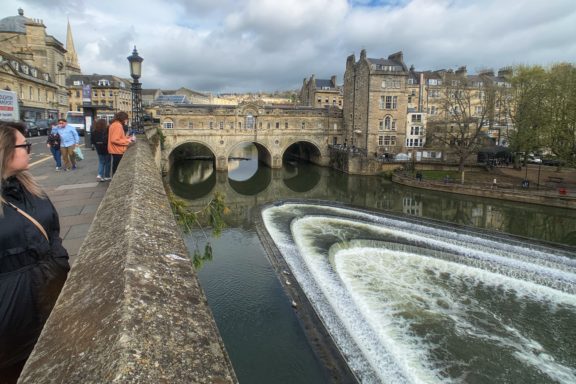
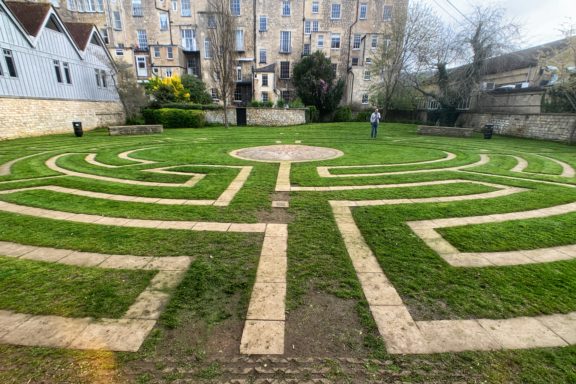
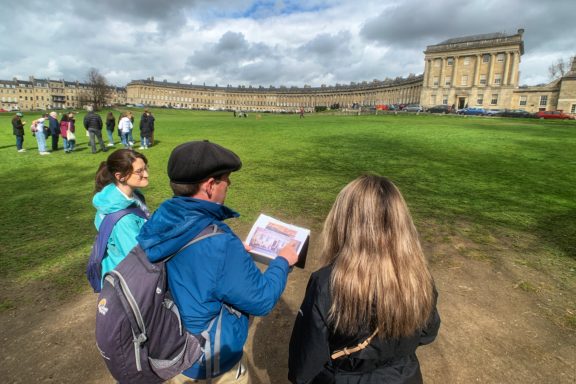
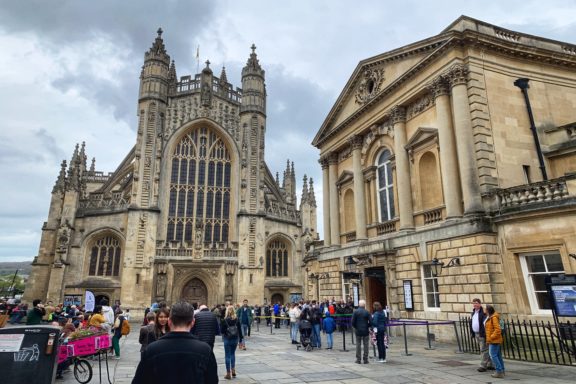

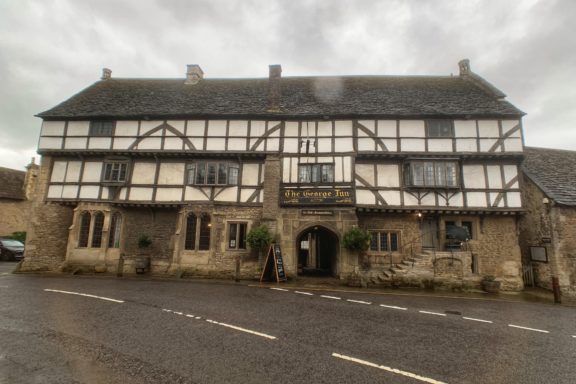
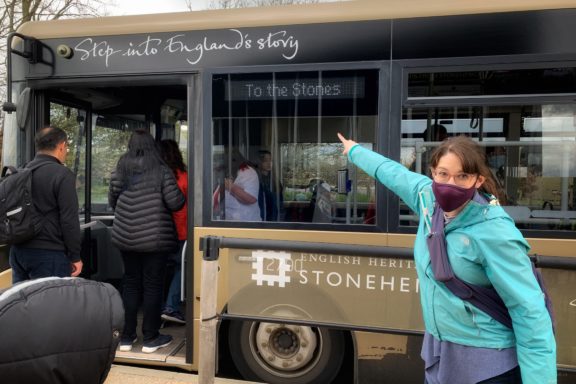
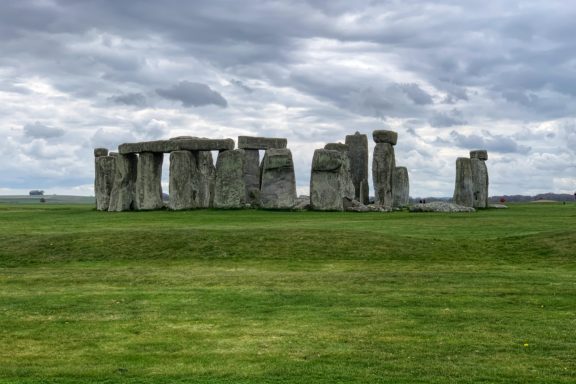
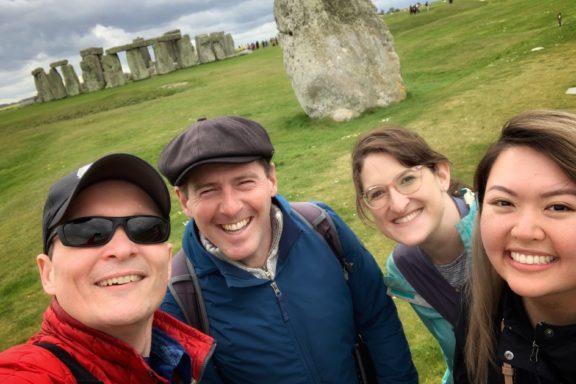


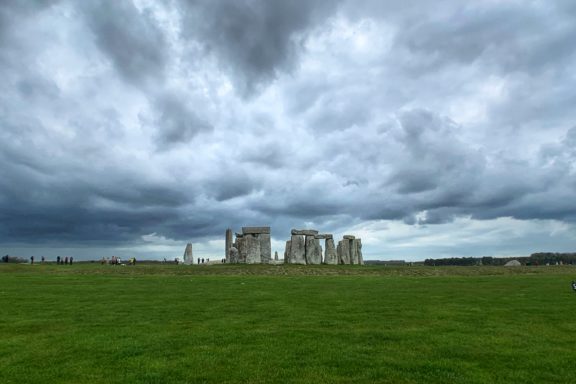
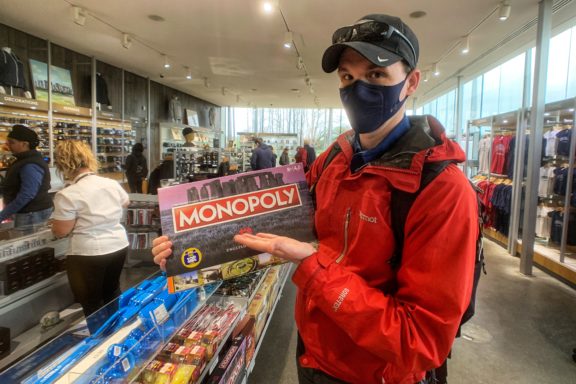
https://www.youtube.com/watch?v=_OO2PuGz-H8
What a fun day! photos are great as usual, but the one of Stonehenge with the dramatic skies is beautiful. Oh and for some reason I think I had heard of the George Inn somewhere before and I can’t quite figure out where ( maybe some old song from the 1960’s???